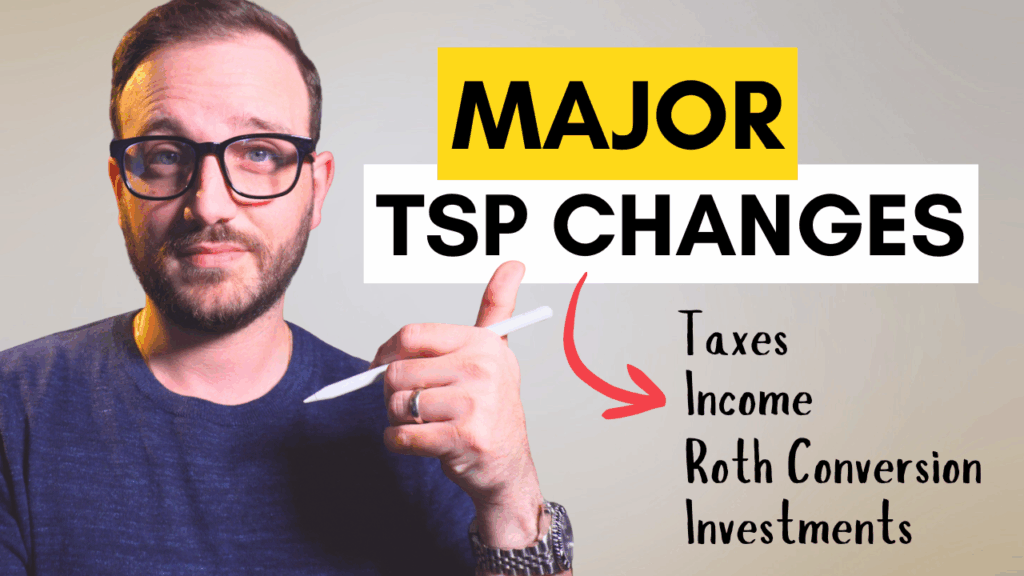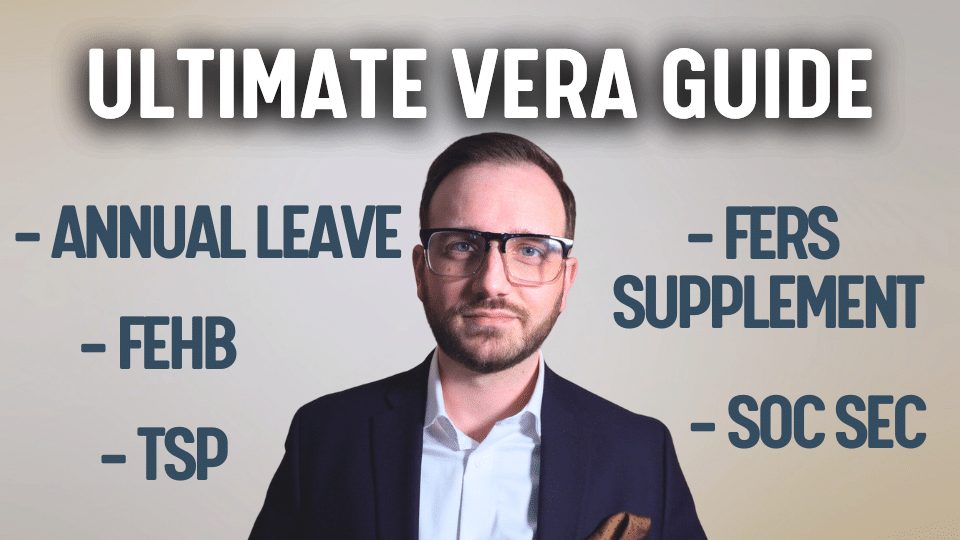Should I Delay My RMD?
Required Minimum Distributions (RMDs) are something to which no one looks forward. It’s forcing you to pay taxes on money people seldom need, especially if they’re still earning some income. We get frequent questions about how to best approach RMD planning.
IRS rules are not exactly easy [or fun] to read, and most people don’t realize that you can skip your RMD when you’re 72. Plus, when you do take it, should you take just the minimum amount?
The challenge is that the IRS gives us very little room with which to operate while remaining compliant to their regulations. The first decision point comes in the year of your first RMD. The rule states that you must take your RMD by April 1st in the year following the calendar year in which you turned 72.
Your official RMD-eligibility begins as soon as you turn 72. You’re allowed to defer the first year to the following April. But while waiting until April 1st of the next year is an option, it is not one that we recommend.
Once RMDs begin, you have one every year. The dollars that come out of your retirement account count towards your taxable income in the year in which you made the withdrawal. By waiting from when you turn 72 to April of of the following year, you will need to take your first RMD and then ALSO take that next year’s RMD before Dec 31st of that same year.
There are few reasons where it may make sense, but as a federal employee, we generally recommend that you avoid postponing it.
The extended deadline is to give families extra time to get their affairs in order, because RMDs usually come with a hefty tax bill. Money that comes out of retirement accounts toward your RMD is fully taxable as income.
By waiting, you may inadvertently push yourself into a higher tax bracket. Remember, your FERS pension is fully taxable, your Social Security likely is mostly as well, then everything that comes out of Traditional retirement accounts on top. And if your spouse is the same age and deferring too, you might be looking at four lump sum distributions to satisfy both your first and second RMDs.
Moreover, if you’re on Medicare Part B, your premiums may go up depending on how much your RMD is. Most federal employees opt only to remain with FEHB, but some do choose Part B as well. Tricare participants will need to be more careful, as part B is required at 65 and you wouldn’t want to create thousands in extra premium expenses.
How much should I take?
Fortunately, the IRS tells us how to calculate an RMD so determining the minimum amount is simple. But there may be times when you should consider taking more than the minimum amount.
There are two main driving factors: how much is inside your traditional retirement accounts, and what tax bracket are you in?
For our clients, we work closely with their accountants to determine how much room they may still have inside their current tax bracket. Maybe it makes sense to take a little bit more and fully fill your current tax bracket.
Again, be careful if Medicare Part B will be in your future. Part B premiums are based on the amount of taxable income you have. Taking accelerated RMDs to fill tax brackets only to push yourself into higher Medicare Part B premiums is not advised.
Similarly, you need to be carefully planning as to not be forced into higher RMDS later in life. The additional income may not only put you in higher tax brackets, but you may suffer from higher Medicare costs.
What you do with the money after it has been distributed is up to you. We recommend paying the taxes directly from the distribution – most retirement accounts allow you to withhold amounts for federal and state taxes, except the TSP. You need to account for state taxes manually.
With the net amount after taxes, you can spend it—check your retirement plan budget first—or you can reinvest it. You cannot put it back into a tax-deferred vehicle, but you can reinvest it inside an individual, joint, trust, or otherwise after-tax account.
Good planning can help you prevent being pushed into a corner with RMDs, and federal employees should be addressing this yearly from the time they retire until they turn 72.
One of the ways we help clients with this is with carefully planned Roth conversions. Tax planning involves reducing your overall lifetime tax expense, which sometimes means you pay a little more in certain years. It’s counterintuitive but have proven time and time again to add massive value to a family’s retirement plan.
Moving money to Roth prior to RMDs will reduce your RMDs and may effectively help save you thousands in taxes. We have a family for whom we’ve been doing this very strategy, and they will be saving roughly $6,000/year in premiums between the two of them. If they live to be 90 years old, they’ll have saved over $100K, and that doesn’t even include any of the tax savings, nor the opportunity of tax-free growth thereafter.
As usually, this is not a blanket recommendation. There are many factors to consider with Roth conversions. Make sure to do your research and speak with appropriate advisors. RMDs don’t have to be a tax-bomb, but they do require some work ahead of time.
#FERSretirement #financialplanning



